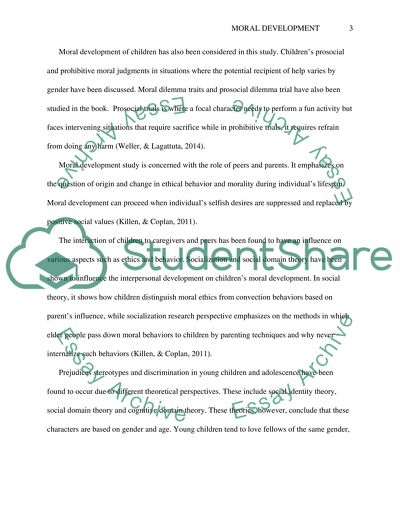Cite this document
(“Error”, n.d.)
Retrieved from https://studentshare.org/psychology/1662035-moral-development
Retrieved from https://studentshare.org/psychology/1662035-moral-development
(Error)
https://studentshare.org/psychology/1662035-moral-development.
https://studentshare.org/psychology/1662035-moral-development.
“Error”, n.d. https://studentshare.org/psychology/1662035-moral-development.


